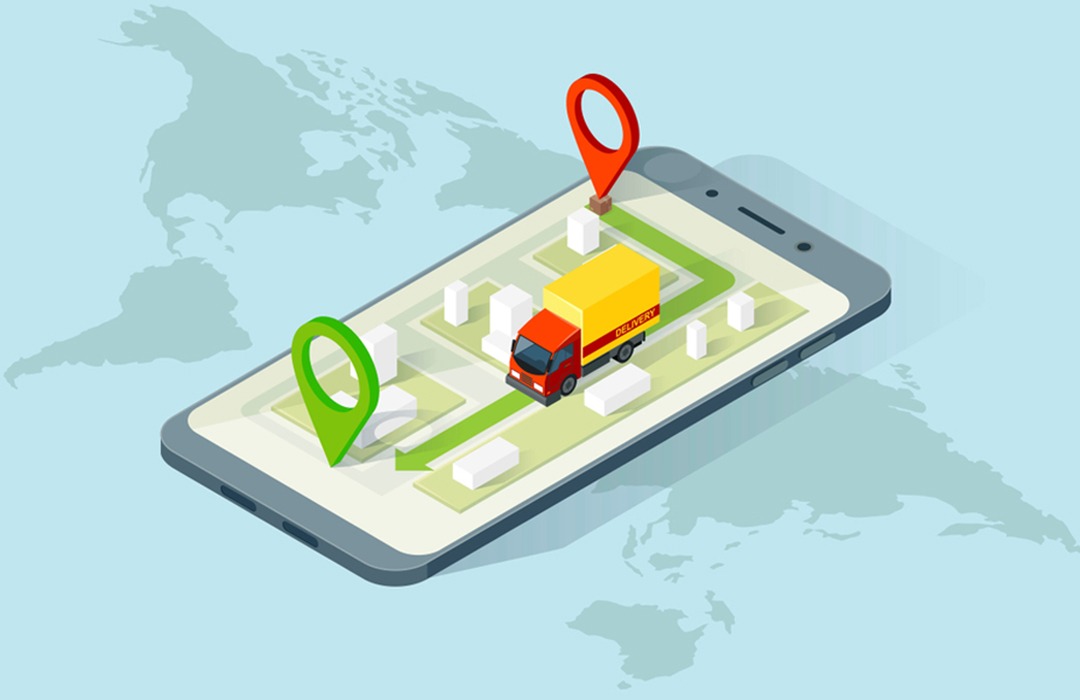
Tracking SolutionWritten By: Suman Kumar Paul
GPS Vehicle Tracking technologies have proven an important element of modern life, and GPS is at the heart of every Vehicle Tracking system.
You probably come into contact with this technology at work and in your daily life, but do you know how it works? And do you know how to use GPS Vehicle tracking to improve the productivity and safety of your business fleet?
We will discuss the fundamental elements of GPS tracking, including how it works, what it may be used for, and a little about the origins and history of contemporary GPS systems, in this section.
So the next time you come across such technologies, you'll be able to appreciate how much it enhances your life and productivity.
What is a GPS Vehicle tracking device?
A GPS tracking device is a compact equipment that enables users to track and monitor the pinpoint location. These gadgets are most typically used in automobiles as vehicle tracking systems.
A GPS-based vehicle tracking setup displays the driver with the real-time location of the vehicle on a digital map. Integrating an advanced vehicle tracking system does include multiple driving instructions to get to a designated point.
GPS trackers, on the other hand, employ geolocation technology to monitor a vehicle's real-time location and route statistics. The location data is automatically transferred to a computer, smartphone, or tablet.
How do Vehicle Tracking systems work?
GPS vehicle trackers communicate with a series of satellites to establish precise location positioning. VTPL’s Vehicle tracking system employs a technique known as trilateration, which determines latitude, longitude, elevation, and time. It compares the location data and the distance from the tracker from three or more satellites from the Global Navigation Satellite System (GNSS) network.
It is very simple to understand the working concept of a vehicle tracking solution. Most modern GPS vehicle trackers are often powered via the onboard diagnostics (OBD-II) connector, GSM module, internal or external antenna, and an inbuilt battery.
The tracker collects the data from the satellites and transmits them to the software in real-time. The software then analyzes the data and combines them to deliver customized stats to the user of the operator.
How do Vehicle Trackers work with the software?
The performance of the tracking software varies with the type of GPS trackers we deploy. There are two types of GPS trackers available in the market namely Active and Passive Trackers.
• Active GPS Vehicle Trackers – These trackers are the best, as they are equipped with real-time data synchronization. In addition, an active GPS tracker enhances the visual experience of vehicle monitoring by integrating data and stats with the software.
• Passive GPS Vehicle Trackers – These GPS trackers are the less expensive variants than active trackers. But the vehicle monitoring experience is not that effective as these trackers can’t generate real-time reports and stats. On the other hand, a passive tracker stores the GPS data locally which can be viewed at a later time.
Benefits of Vehicle Tracking Solutions
Fleets that effectively use GPS tracking tools are often able to see benefits in their overall business processes.
For instance:
• Improved Customer Service: With real-time fleet status, a fleet manager can help deliver a quality customer experience by providing more accurate arrival times and identifying the closest driver to a service call.
• Optimized Routing: GPS data can help fleet managers understand traffic and road conditions to dispatch their drivers on more efficient routes
• Increased Cargo Security: GPS tracking systems can help replay a route to help fleet managers concerned about cargo theft spot unauthorized trips. Most fleet tracking systems allow the setup of geo-fences that can alert to a vehicle’s whereabouts when it leaves a certain location or boundaries.
• Understanding Driving Behavior: With an engine control module (ECM) connection, fleets can also monitor certain driving habits, alerting managers to behavior that drivers can be coached on.
Beyond basic GPS fleet trackers, fleets have also started to use vehicle video to enhance their fleet management. By adding video to the GPS tracking system, fleets can:
• Use both GPS data and video confirmation to ensure goods are delivered or services are performed accurately and on schedule.
• Obtain video evidence of vehicle damage or missing equipment
• Protect drivers and company reputation with captured video of collisions
Vehicle Tracking in Nutshell
When you track a vehicle with interconnected hardware and software eliminates the possibility of illicit use of vehicles. It not only makes your business’s transport system efficient and reliable but also cost-effective for meeting business operations.
By integrating the best vehicle tracking solution guarantees to carry out carried out in compliance with the rules and regulations of the government.
Let’s improve the productivity of your vehicles by cutting down the cost of maintenance with 24/7 non-stop vehicle tracking.
TAGS - vehicle tracking solution best tracking solution tracking solution best fleet management system india best fleet management system kolkata fleet management software fleet management system
See Also - Ways to Improve Your Fleet Safety